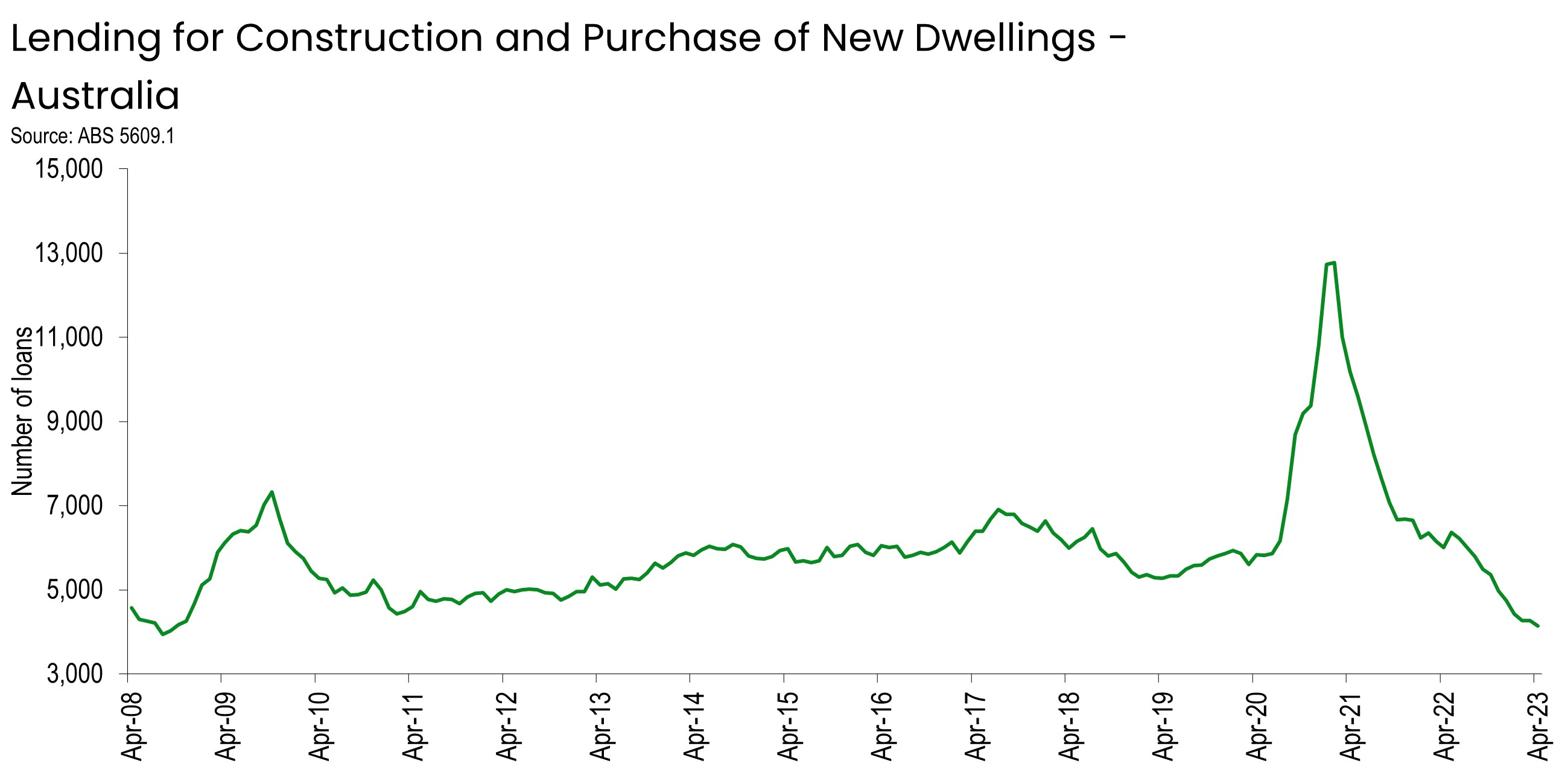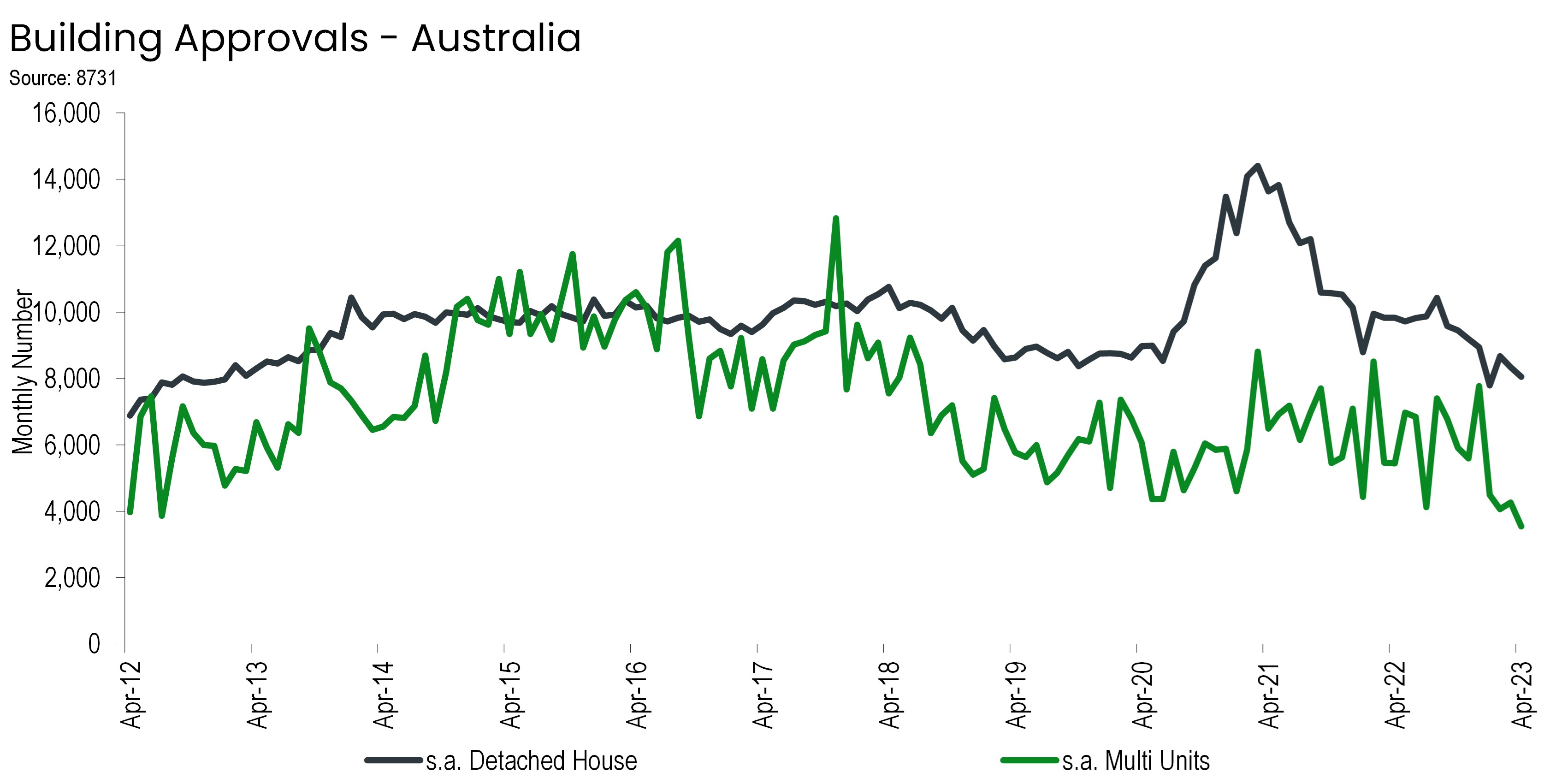REGIONAL Queenslanders are facing a double blow over the Queensland Government’s decision to impose the world’s highest royalty taxes on coal producers, accordingf to the Queensland Resources Council (QRC).
QRC chief executive Ian Macfarlane said regional Queenslanders would bear the full brunt of the loss of investment and jobs in the resources sector, and at the same time are still waiting on the promised spending boost to services and infrastructure from the extra billions the coal royalty tax is delivering to the State Government.
Mr Macfarlane said the fact that mayors from resources regions have started speaking out about missing out on the benefits from the billions of dollars generated by the new royalty scheme should be a concern for every Queenslander.
“If the Queensland Government is going to rip billions of dollars out of the resource sector, it should be making sure resources communities don't pay the price twice,” Mr Macfarlane said.
“The regions have been poorly funded for government services and infrastructure for decades and are entitled to ask for their fair share.
“While the government has publicly announced a long list of major regional projects, from hospitals to pipelines and community facilities, so far there’s been very little specific funding committed to these projects over the next four years.
“Increasing Queensland’s coal royalty tax rate to five times that of New South Wales is already causing great uncertainty in many regional towns and resources communities that rely heavily on the ongoing prosperity of the resources sector for their jobs and livelihoods,” he said.
“The pipeline of future resources projects to secure local jobs and economies is now at risk from a government decision to substantially increase royalty taxes which has made our sector globally uncompetitive.
“The latest conservative estimates indicate Queensland’s excessive new coal royalty rates will generate more than $5 billion extra for the Qld Government this financial year.
“That’s more than six times the Qld Government’s original forecast of $800 million, which sounds great at first glance for Queensland, but as we all know if something sounds too good to be true, it usually is.
“The cost to long-term investment and jobs in Queensland’s resources sector over the next five to 10 years from this decision will be absolutely devastating.”
Mr Macfarlane said the government’s sudden huge increase of the royalty regime without consultation has sent a shudder through the international investment community and damaged Queensland’s reputation as reliable place to invest in new and established resources projects.
“This very real threat extends beyond coal to projects involving rare earths, critical minerals and hydrogen,” he said.
“The sugar hit from the royalty increase will be long gone in five to 10 years from now, when the full impact of the royalty tax increase will be evident.
“As Queensland’s existing, large-scale resources projects reach their end of mine life, there will not be a strong pipeline of investment in new projects to replace them -- or the thousands of jobs that come with them.
“The QRC is once again calling on the Queensland Government to review its decision to introduce higher taxes on the coal sector, and to sit down and work with the resources industry and the communities who rely on us for jobs and business opportunities.”
www.qrc.org.au
ends



